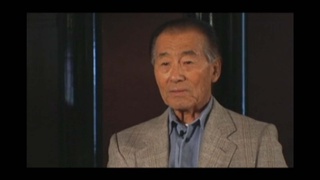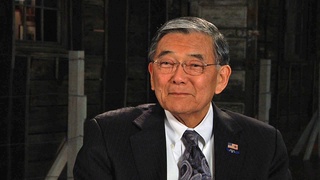Interviews
Changing Minds
I think that NCRR did the most in terms of the younger people, and JACL had to convince their older members. 'Cause a lot of them were opposed to it. They just thought it would be welfare. "We don't want to take that money from the government." And you have to explain to them, it's not welfare, it's what you're entitled to, you know, you can sue someone for that kind of wrong that's committed against you. You do it for an automobile accident, you do it for personal injuries, it's part of the American system, and there's no reason to think that it was welfare.
Date: September 11, 1997
Location: California, US
Interviewer: Glen Kitayama
Contributed by: Denshō: The Japanese American Legacy Project.
Explore More Videos

Figuring out a dollar amount for redress
Judge, only Japanese American to serve on CWRIC.

On hearing of CWRIC selection from Senator Inouye
Judge, only Japanese American to serve on CWRIC.

Rationale for rejecting redress payment
Judge, only Japanese American to serve on CWRIC.



Appointing John Tateishi as National JACL Redress Chair
(1917 - 2004) Political activist

Inouye’s strategy for educating the American public
(1917 - 2004) Political activist

Recalling President Carter’s signing of the Commission bill
(1917 - 2004) Political activist

John Tateishi plays a role in changing people's minds
(1917 - 2004) Political activist


“No more shikataganai”
(1916-2010) draft resister, helped form the Heart Mountain Fair Play Committee

The lawsuit set the standard for restoring people’s rights
(1927-2010) Political Activist

Beginnings of CWRIC
(b. 1931) U.S. Former Secretary of Transportation


The last hurdle – President Reagan
(b. 1931) U.S. Former Secretary of Transportation
